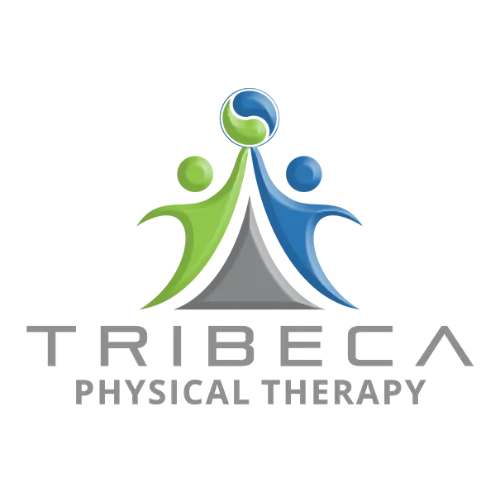Sacroiliac joint dysfunction or sacroiliitis is usually caused by an abnormal motion or malalignment of the sacroiliac joint. The sacroiliac joint syndrome is a significant source of pain in 15% to 30% of people with mechanical low back pain according to research. SIJ dysfunction occurs when the joints of the pelvis become stiff or weak and the symptoms are usually felt on one side of the back and mostly diagnosed among females. To be honest, Sacroiliac joint dysfunction is a condition that is difficult to diagnose and is often overlooked by physicians and physiotherapists
When does SIJ dysfunction occur?
Usually, it occurs when one side of the joint becomes too lax- and this may occur in women of childbearing years due to hormonal changes. It happens when one side of the joint becomes stiff causing a lack of coordination, another is when the patient has arthritis, muscle imbalances and when the joint is injured. SIJ dysfunction is also common among athletes who are over trained.
Patients with SIJ dysfunction would often feel a sharp, stabbing, or dull pain on one side of the pelvis/low back, in the groin, or tailbone. They often verbalize that the pain radiates down to the knee. Others feel pain when they stand, especially after sitting for a long time, turning in bed, and bending. There’s also muscle tightness and tenderness in the hip and buttock region, and the pain worsens when standing and walking and eases when sitting or lying down.
Management through Physical Therapy
Your Physical Therapy will be doing history taking and assessment as well to cover all necessary information needed because they will be designing a targeted treatment program to restore your maximum strength and function. The goal of your treatment is to help in your safe return to your normal daily living minus the pain and discomfort.
You have to ask for a Physical Therapy who specializes in SIJ dysfunction and in manual therapy since it will be a hands-on treatment. Your treatment plan will include the following: patient education, pain management, braces (sacroiliac belt), body mechanics program, manual therapy, functional training, flexibility exercises, and strengthening exercises.
Here are some exercises that your Physical Therapist will be prescribed to you:
1. Bridge
This type of stretching exercise strengthens the muscle in the lower back, the buttocks, and the hips.
- Lie on your back with knees bent and palms flat on the floor
- Keep the palms on the floor, lift the hips into the air and hold for 5 seconds to strengthen muscles in the lower abdomen, lower back, and hips
- Repeat the stretch 10 times.
2. Hip abduction strengthening exercises
- Lie on your back with the knees slightly bent and a resistance band around the knees.
- While keeping your back arched, gently push your knees apart to strengthen the outer thigh and buttock.
- Hold that position for 5 seconds and do the process 10 reps.
Yoga is also a good choice to manage SIJ dysfunction The following poses are particularly beneficial:
Child’s pose
This pose stretches your hips and thighs, and it’s a great beginner’s yoga pose.
- Kneel on the floor with your toes together and your knees hip-width apart. Next, rest your palms on top of your thighs
- Upon exhale, lower your torso between your knees. Extend your arms alongside your torso with palms facing down.
- Relax your shoulders toward the ground.
Triangle pose
Note that this pose involves twisting, so make sure to perform this only when your joints are stable and pain-free.
- Begin standing, then lightly jump your feet apart to a wide position about three feet apart or as tolerated.
- Straighten through your left leg, then hinge and reach your torso over your left leg as your hips jut back- your physical therapists will be assisting you more on this
- Maintain a long, straight spine as you reach your left hand to the mat, placing it in front of your left foot.
- Hold this stretch for 10 to 20 seconds, then repeat on the other side.
These are just the common ones that Physical therapists include in their patient’s treatment plan. There are tons of exercises and yoga poses that Physical therapists do for their patients, and it all depends on what works for your condition.


